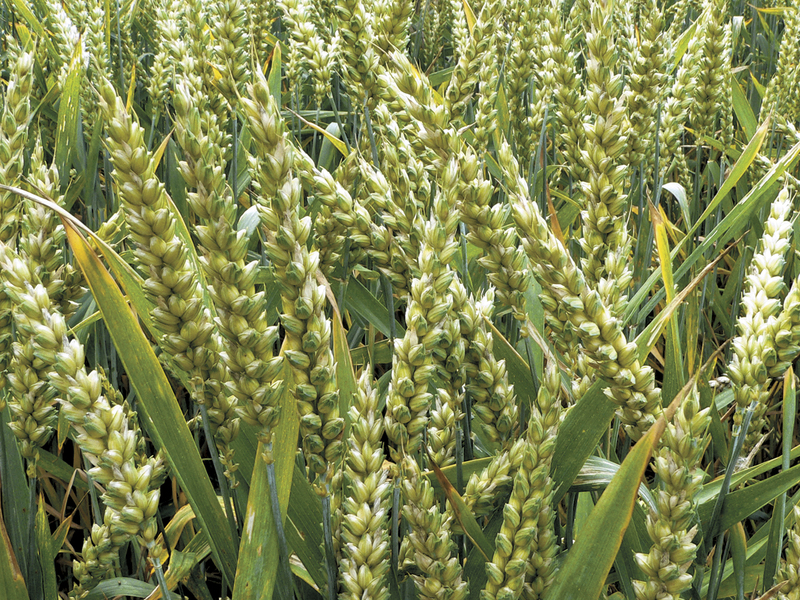Why celebrate Christmas for a single day when you can celebrate for 12 nights? Twelfth Night is the 12 days from Christmas to the Epiphany Jan. 6. And the source of the Twelve Days of Christmas with “nine ladies dancing” and “10 lords a leaping.”
And is it all about wheat and bread?
After all, our word “lady” derives from Old English hlæfdige, meaning “loaf kneader” and our word “lord” from Old English hlāford or “one who guards the loaves.” Both because a leader or chieftain provides food for his followers.
You can’t have bread without grain, and the world’s most popular grain is one you can very well grow even in a small plot, wheat. While Midwestern wheat fields can run to thousands of acres, you can grow a very nice crop of about 10 pounds of wheat from 100 plants in just a small 10-by-10-foot plot. That’s about enough wheat to bake 10 loaves of bread. In a 30-by-30-foot plot you could grow enough wheat to bake over 100 loaves of bread.
There are basically two types of wheat, Spring Wheat sown in spring and harvested the same season, or Winter Wheat, which is planted in the fall, allowed to go dormant over winter, then harvested the following year. Hard, red spring wheat is best sown as early in spring that the ground can be worked to harvest in August to September. Winter wheat can be planted right around the first frost. After a brief growth spurt it will go dormant for the winter, pop up in spring, and rapidly grow to full harvest in just two months.
Even if you don’t want to be a “lady” or a “lord” you can grow wheat simply for decoration. In addition to the familiar golden wheats, there are many decorative varieties usch as Black Tip Wheat with striking white kernels contrasting with long black awns. These make great dried arrangements or can be tied in a swag and hung on a door. In addition as a cut or dried flower, wheat makes a nice garden plant tucked in your flower beds or scattered in meadow or mixed grass plantings.
To grow your own wheat, choose a sunny site with well-drained soil; avoid heavy clay or damp marshy areas. Sow wheat seeds about an inch to an inch and half deep in well tilled soil. Simply toss or “broadcast” the seed across the garden plot and rake the seeds in. Water gently so you do not wash the seeds away. Wheat is somewhat drought tolerant.
Wheat seed is widely available through feed stores or by mail from specialty growers such as Johnny’s Seeds (www.johnnyseeds.com; phone 877-564-6697).
Once your amber waves of grain are fully grown, it’s time to harvest. Cut the wheat down near the base when the seed heads are ripe or no longer milky and the stalks are almost entirely brown, but with a little green still showing. If you are growing ornamental wheat wait a little longer so the dark awls have time to fully darken. Hang the wheat up to dry.
Once dry, simply cut the heads off and thresh them. You can flail the wheat with a stick on a rope, or just stomp on them to break the wheat kernels away from the seed heads. You can now grind the kernels into flour.
While lord still means to rule as in “lord over” someone, “lady” is all but lost except perhaps as “landlady” or “first lady,” the title of the wife of an elected official. Plant wheat for decoration or wheat for bread, and you just might be able to lord it over your gardening friends. Though that would not be ladylike.











































